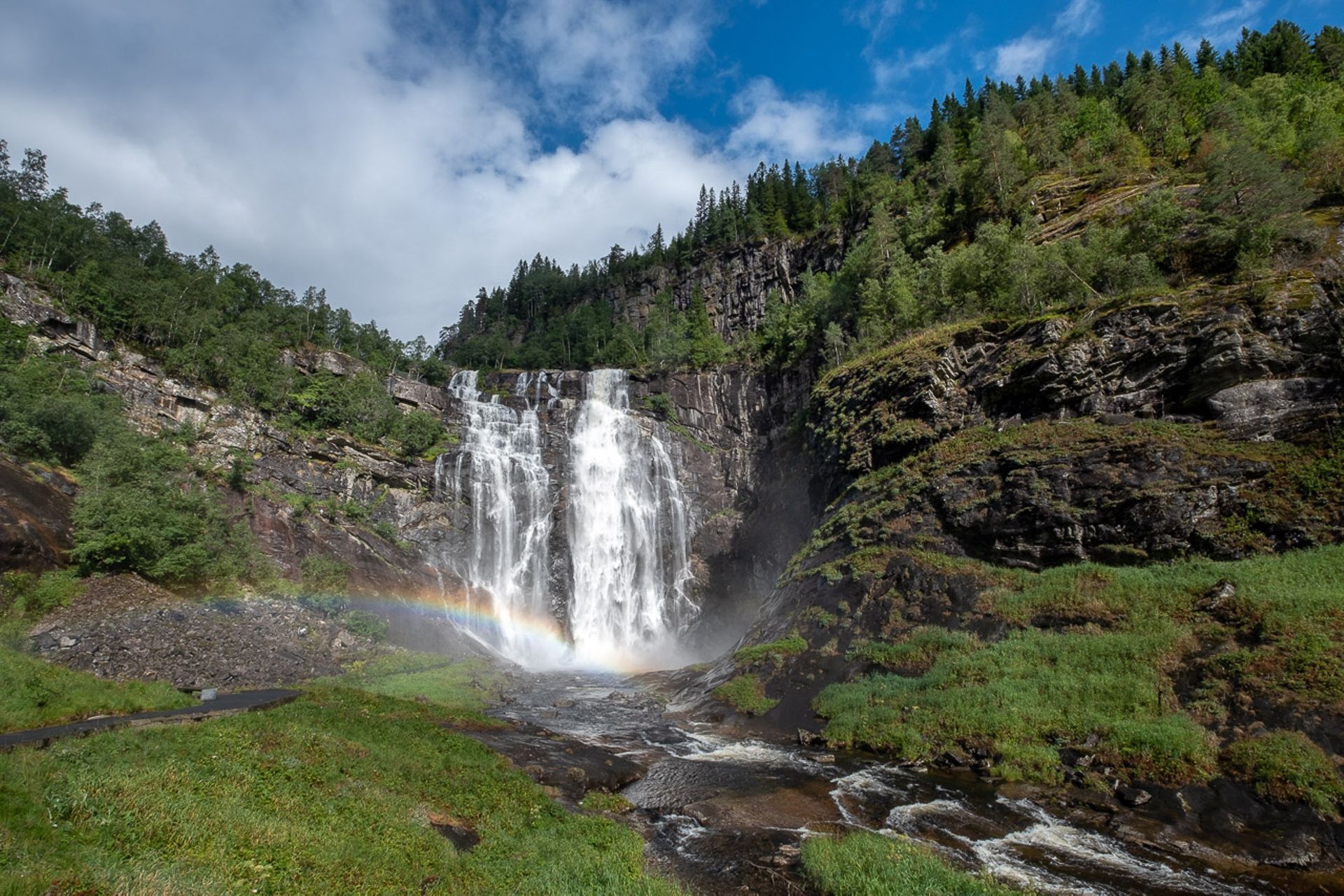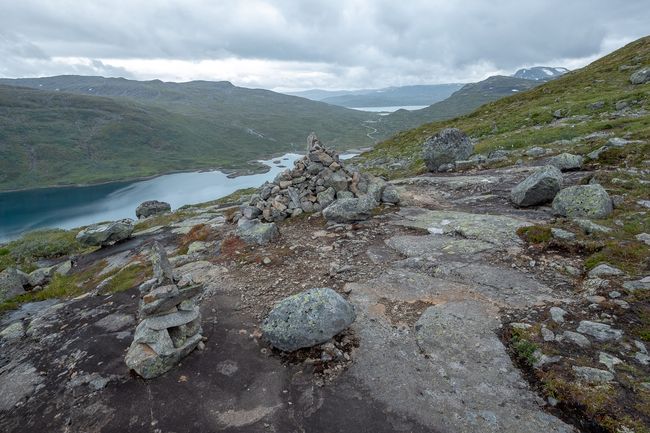Tag 16 - A Little Trip into Norway's History
発行済み: 14.08.2018
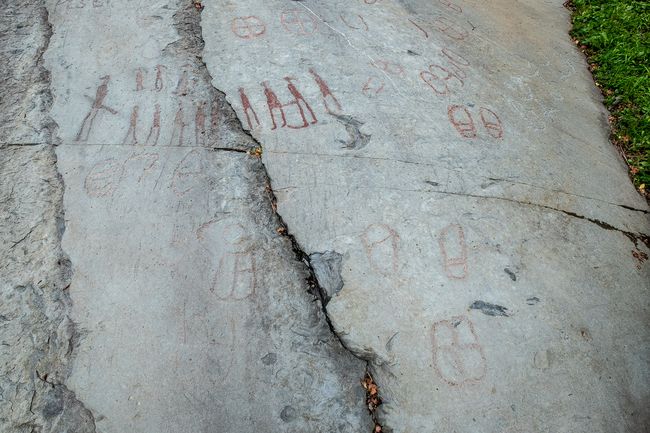
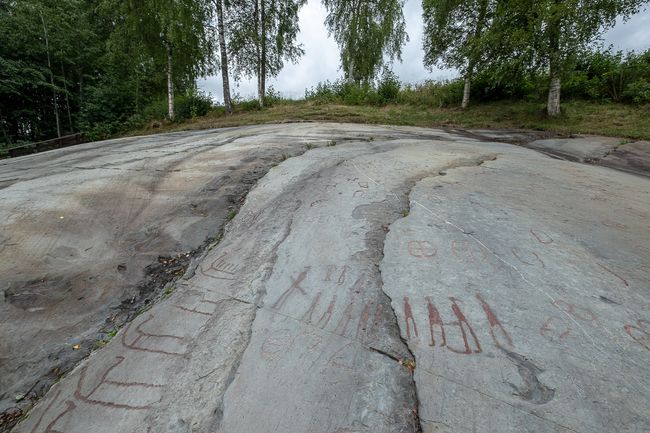
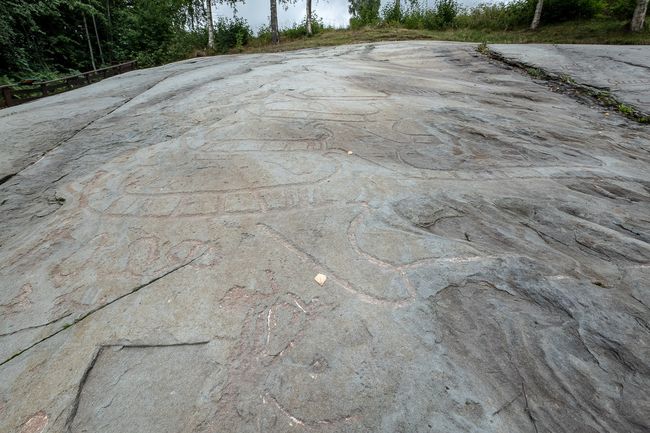
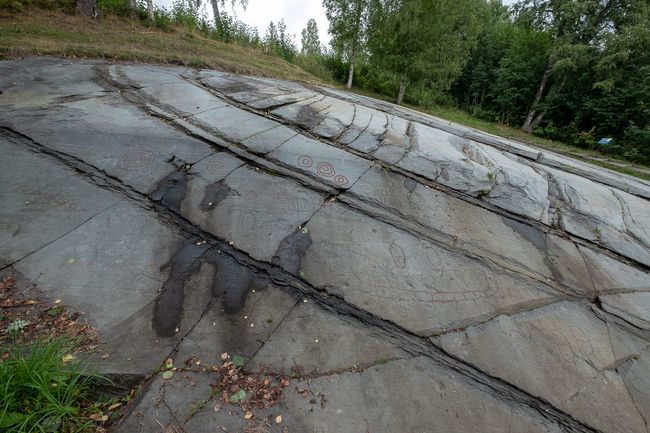
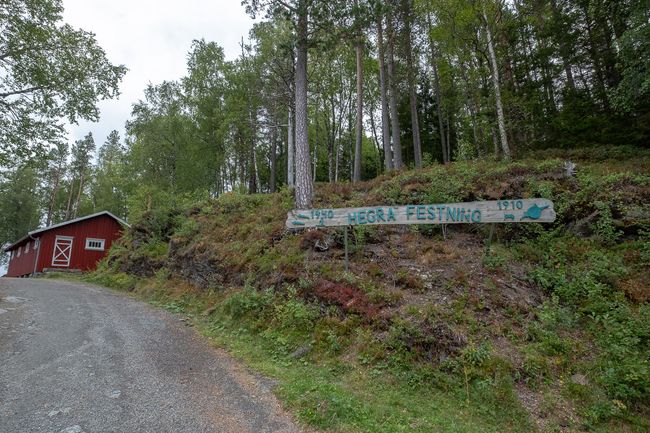
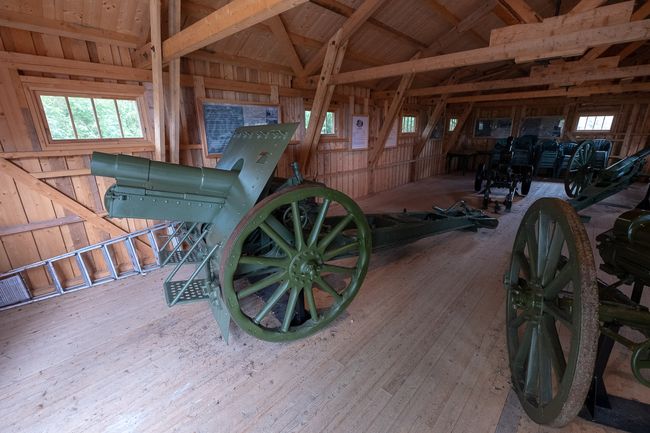
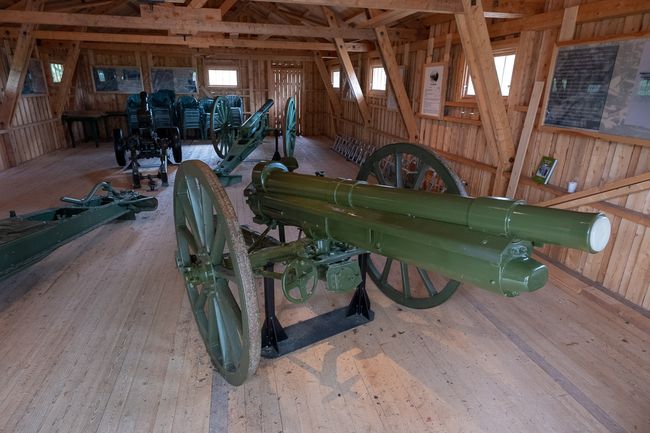
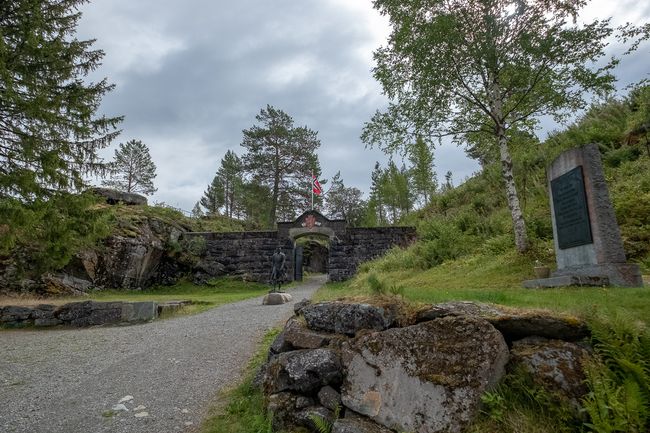
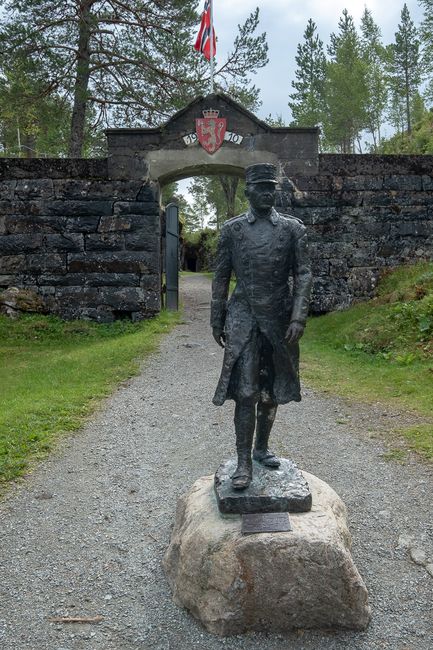
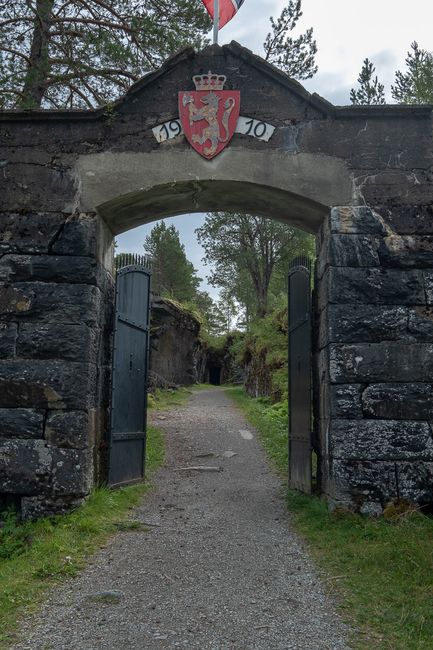
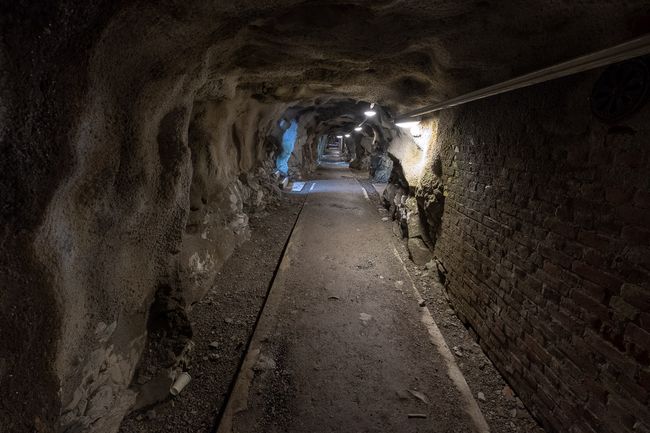
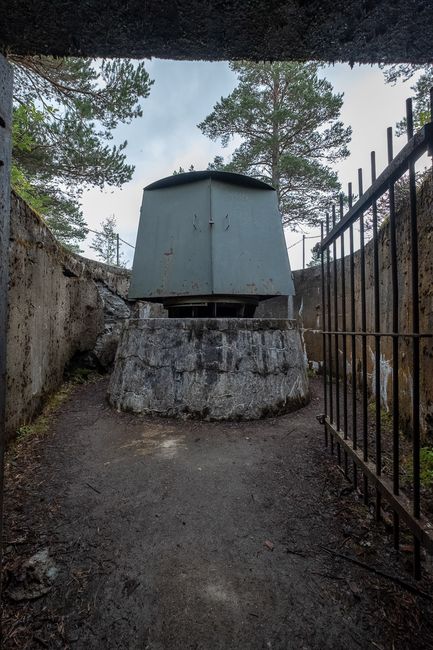
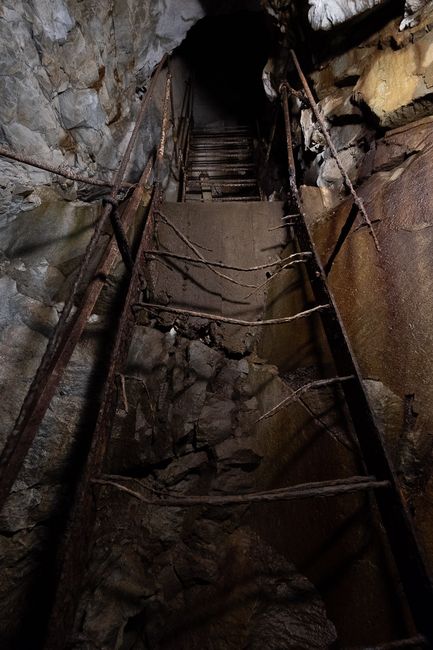
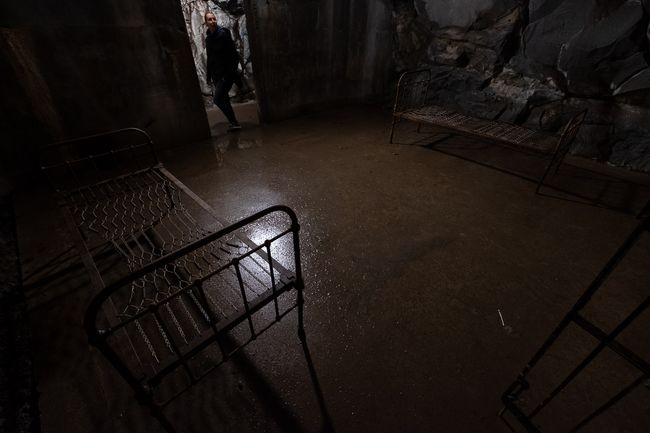
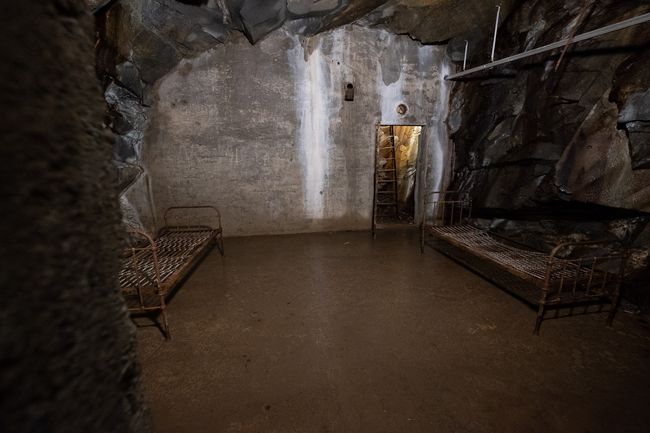
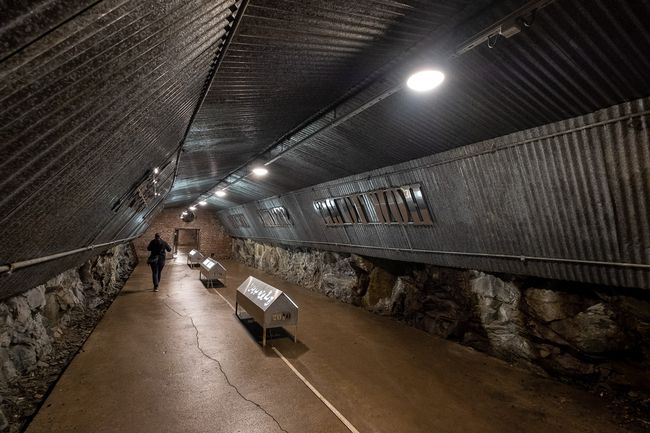
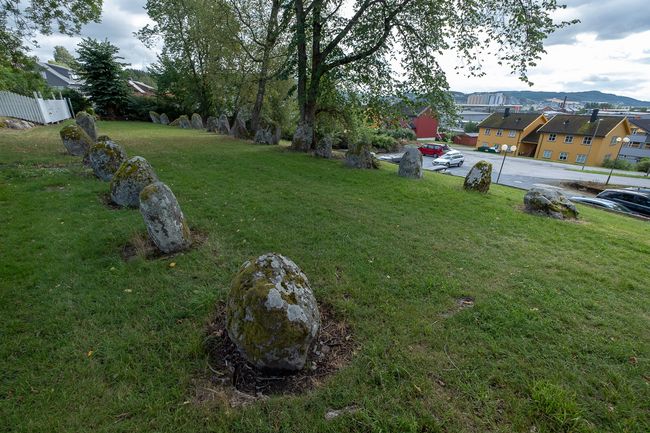
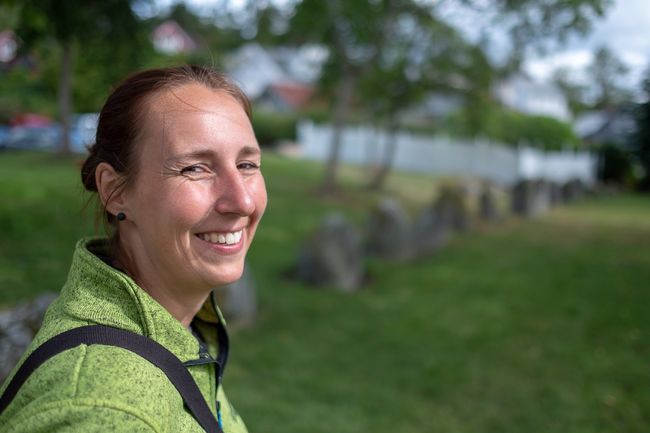
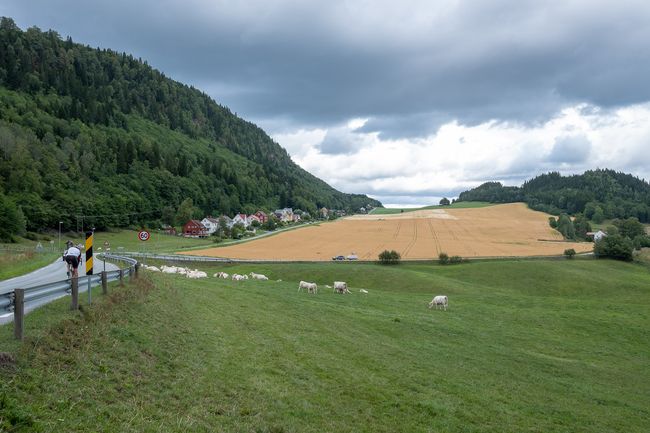
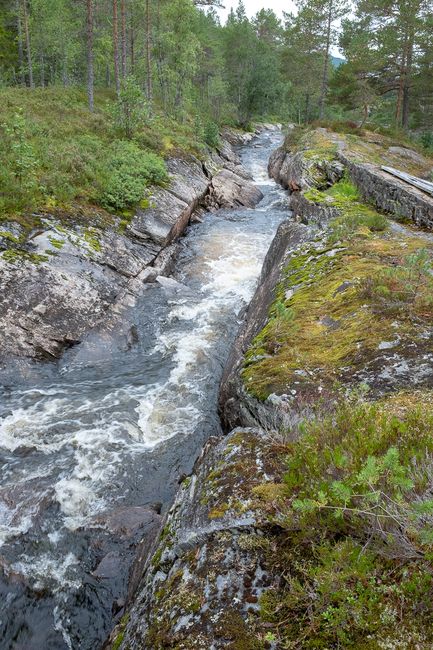
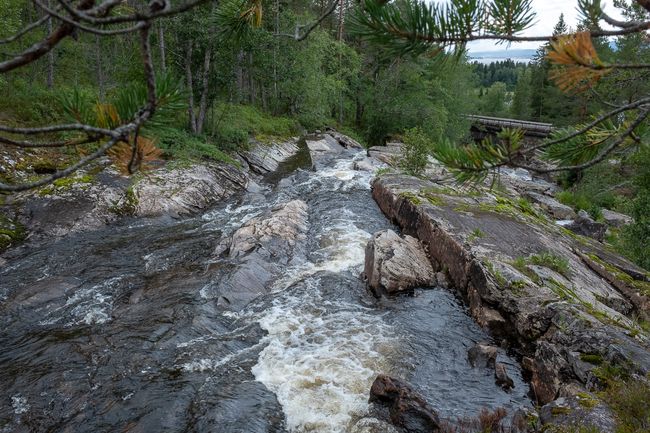
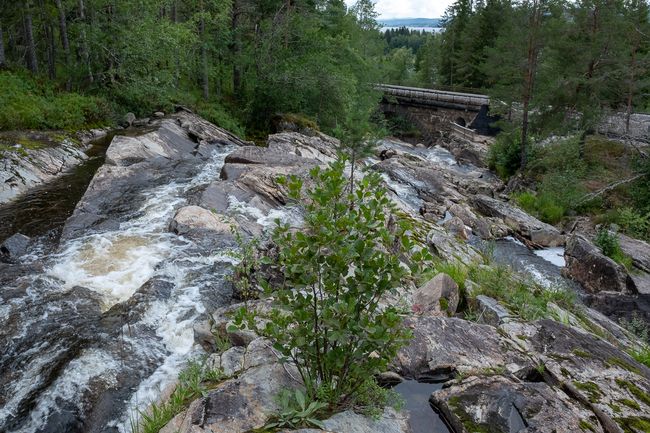
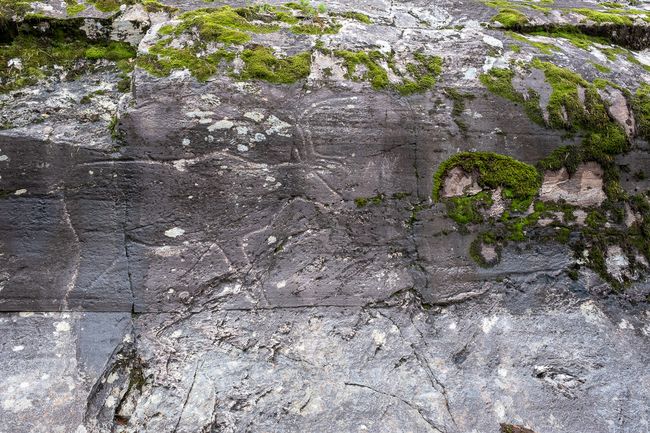
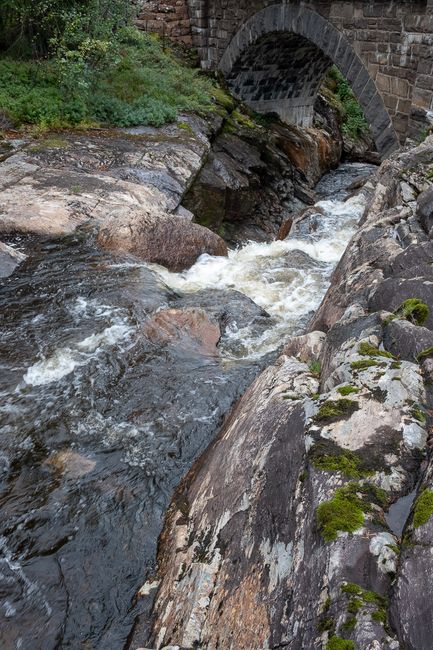
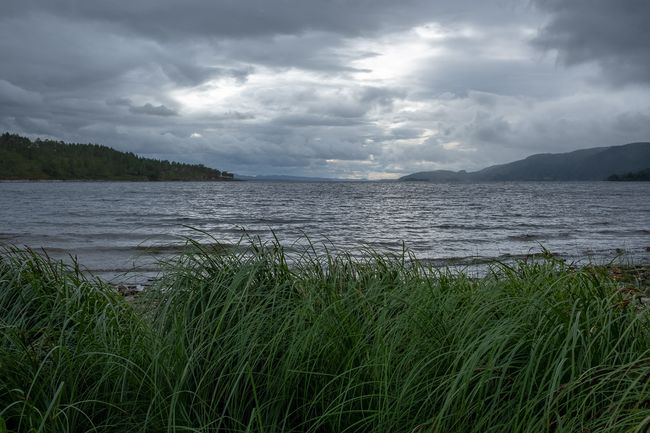
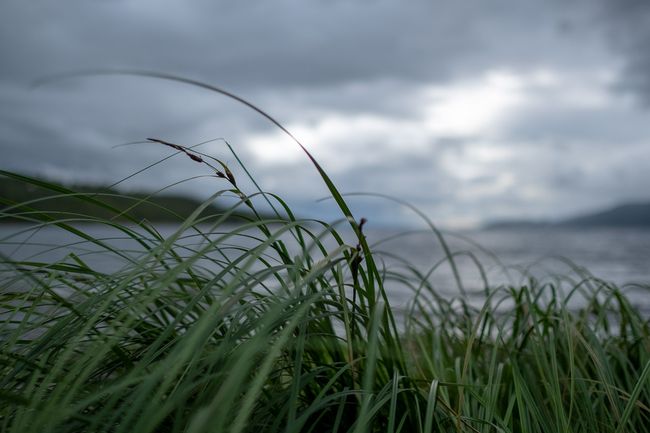
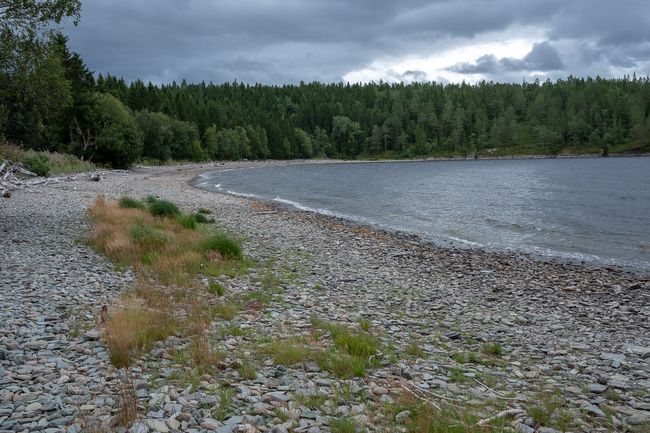
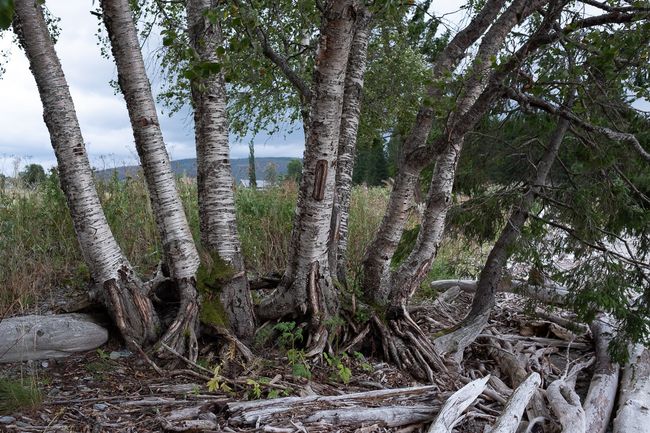
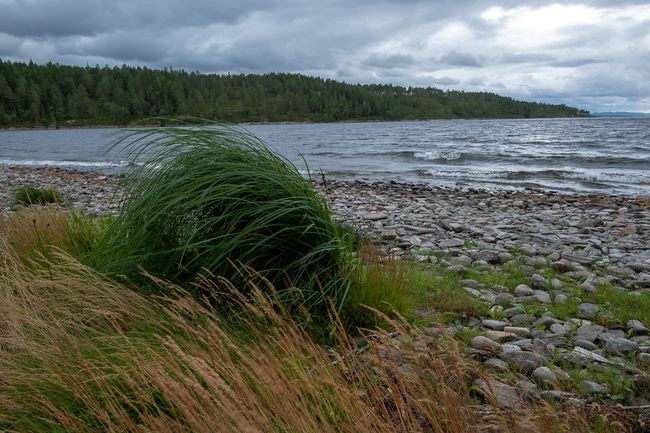
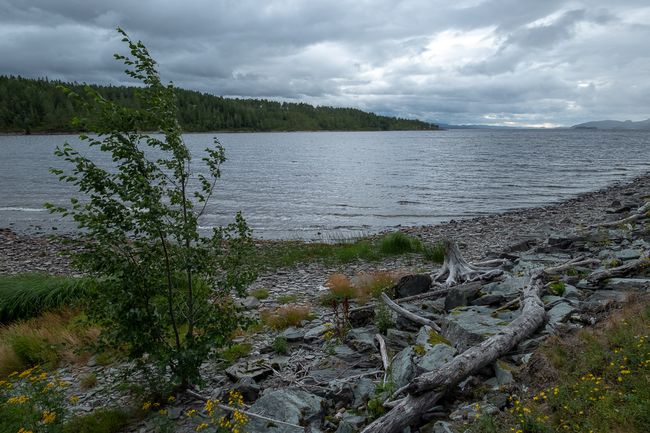
ニュースレターを購読します
We continue northward. We will only pass through Trondheim as sightseeing in cities is time-consuming and exhausting, not to mention the hassle of parking. No, we will focus on Norway's nature during this vacation, and if possible, also its history. In this sense, our first destination today is a site of prehistoric rock carvings near the small town of Hegra, east of Trondheim. But first, we are misled by Google Maps. I had entered the Hegra Rock Art Museum as the destination. After a drive on an unpaved road with potholes like bomb craters, we find ourselves in front of a farmhouse, with no sign indicating a museum nearby.
So, we turn back and follow the brown signs that say "Helleristninger" (rock carvings) which finally lead us to the desired location. The site is relatively unremarkable, consisting of a small rock wall along a small waterfall and three flat granite rocks on the ground. Carved into them are symbols mainly from the Bronze Age, such as ships, people on horseback, and glyphs that resemble footprints or bundles. The meaning of the latter is even more uncertain than that of the more obvious ones; it is speculated that they could be a kind of map showing the locations of ancient settlements.
We also find the museum we were looking for there, although it is more like a small container presumably housing artifacts from the region - unfortunately, it is closed at the time of our arrival.
Since we are already in Hegra, we also visit the "Festning Hegra" (Hegra Fortress). It is located on a hill above the town and accessible via a narrow, winding road. There is a small museum (free admission) about the history of the fortress as well as a visitor center in a typical Scandinavian, falun red wooden house.
The museum provides information about the construction, purpose, and history of the fortress. It was built from 1908-1910 and was intended to defend the Stjørdal River Valley against the Swedes, towards whom there was suspicion after the dissolution of the union and past conflicts. The fort, however, would only be involved in combat during the Second World War when the German Wehrmacht invaded Norway. After a long bombardment from the air, artillery fire, and the debilitating cold and wetness inside the depths of the fortress, the commander finally decided to raise the white flag.
The upper areas of the fortress are accessible to visitors without a guide. In the damp, long corridors and the inhospitable chambers, one can get a glimpse of how psychologically devastating it must have been to be trapped under constant bombardment for an extended period.
After these impressions, we warm up in front of an open fireplace in the visitor center with coffee and cake, and then continue northward.
The next cultural-historical destination is a so-called "ship setting" in Steinkjer, which is located on the grounds of a small hotel. It consists of waist-high rocks arranged in the shape of a ship and, based on archaeological findings, is believed to have been a burial site.
But our historical journey is not yet over, as we head to the "Rentier von Bøla" (Bøla Reindeer), another rock carving. The road there offers beautiful views of Snåsavatnet, Norway's sixth largest inland lake. There are now road signs warning of crossing moose. Unfortunately, we haven't seen any so far. The reindeer can be reached from the parking lot via a short walk. It is carved into a rock wall that borders the course of a small mountain river, which then cascades down and flows into the lake. It dates back to the Stone Age (around 6000 years ago) and is one of Norway's oldest rock carvings.
Before we continue to our accommodation for the night, we briefly visit the visitor center. As expected, there are various souvenirs for sale, most of which are somehow related to - you have probably already guessed - reindeer. There is also the customary Sunday buffet in Norway. It looks quite tempting, with mountain cattle meat, reindeer salami, salads, and many other things. But at forty euros per person, and very meat-heavy (which is unsatisfying for my girlfriend), we settle for a snack at the rest area in front of it. We imagine the passing guests from the visitor center mocking us, perhaps suggesting that we may be too poor to afford the buffet.
Our accommodation for the night is a camping site near Medjå.
Just as we start setting up camp, it starts raining again, and quite a lot of it.
ニュースレターを購読します
答え
